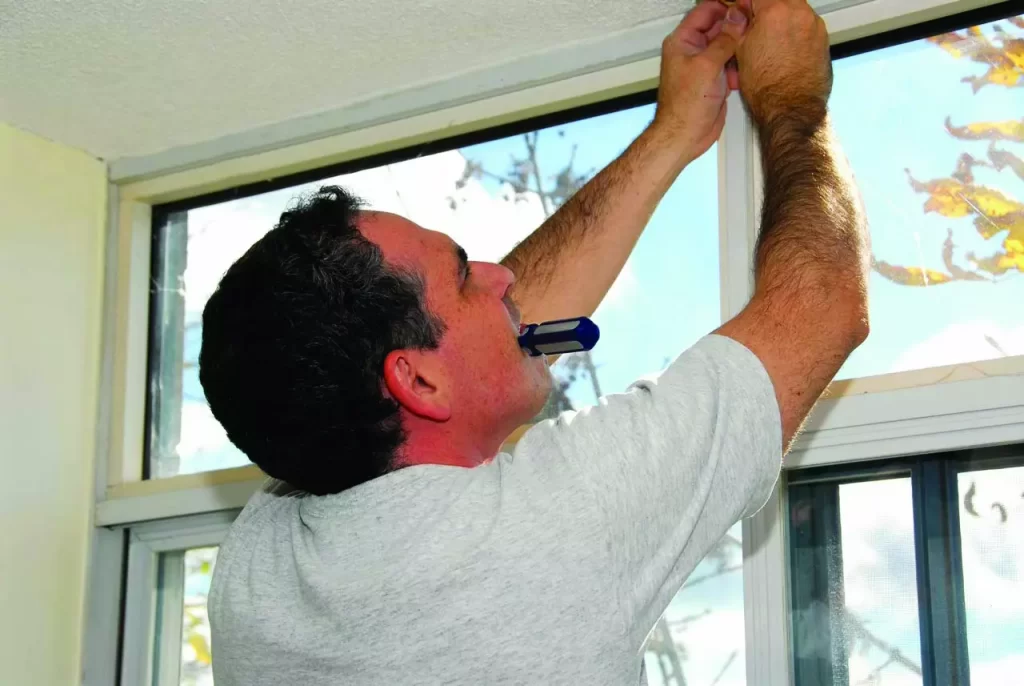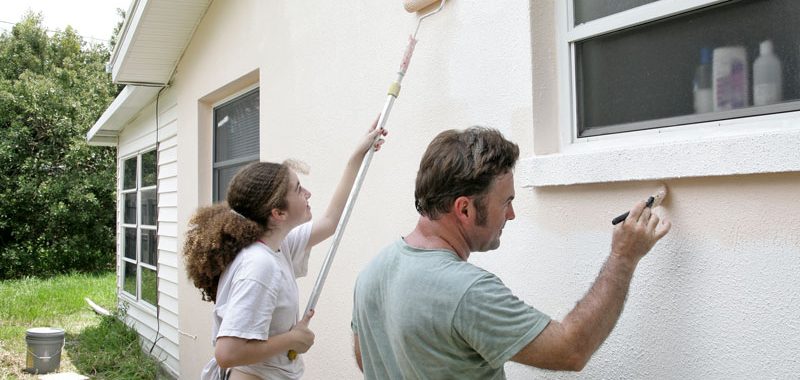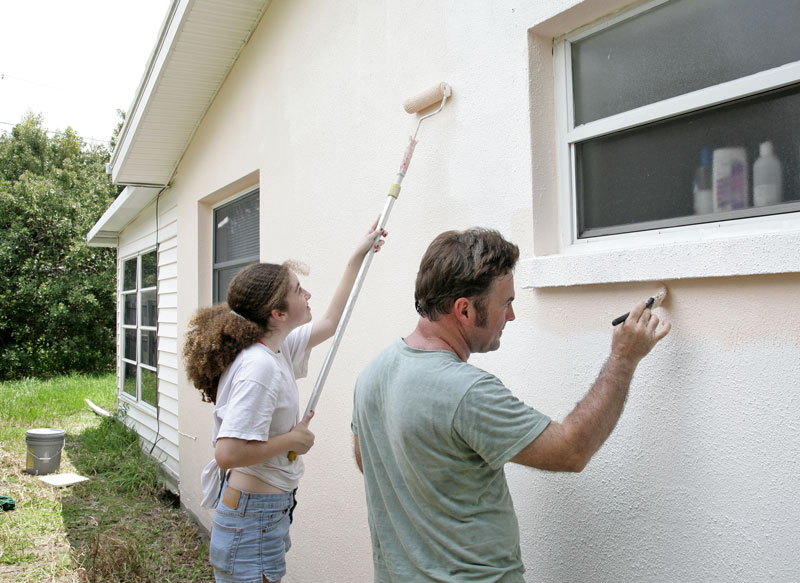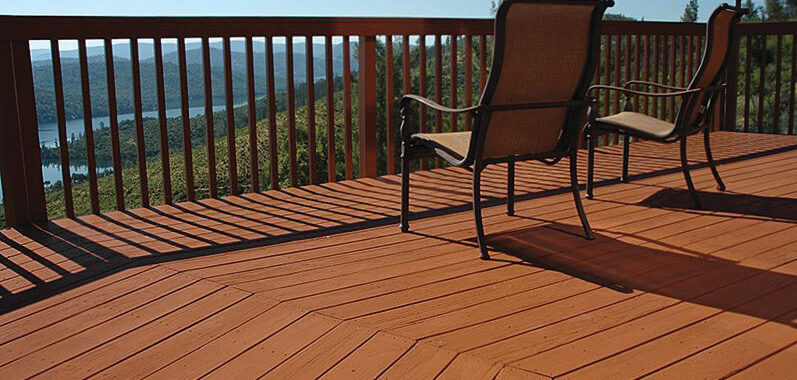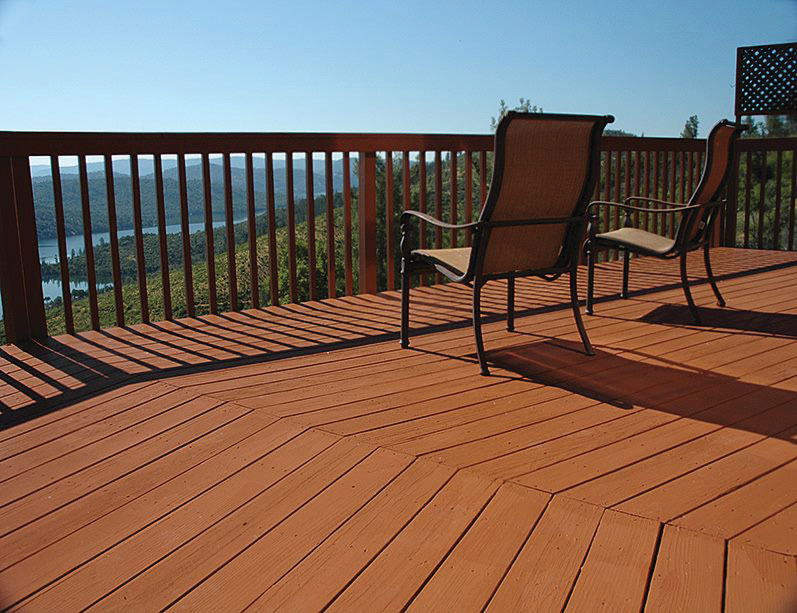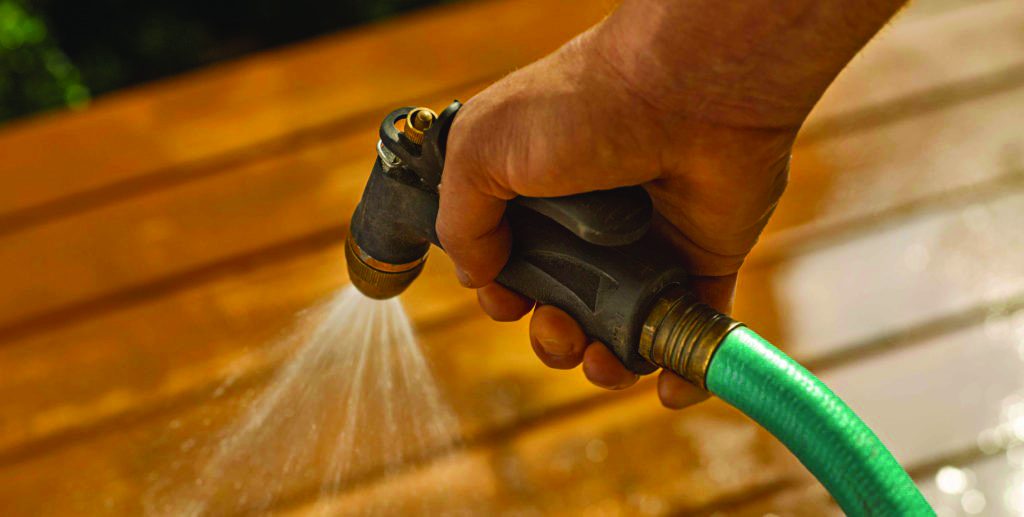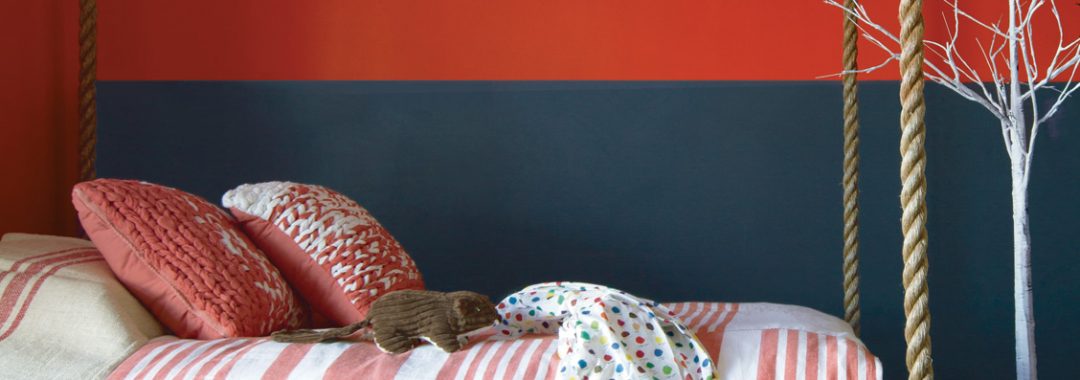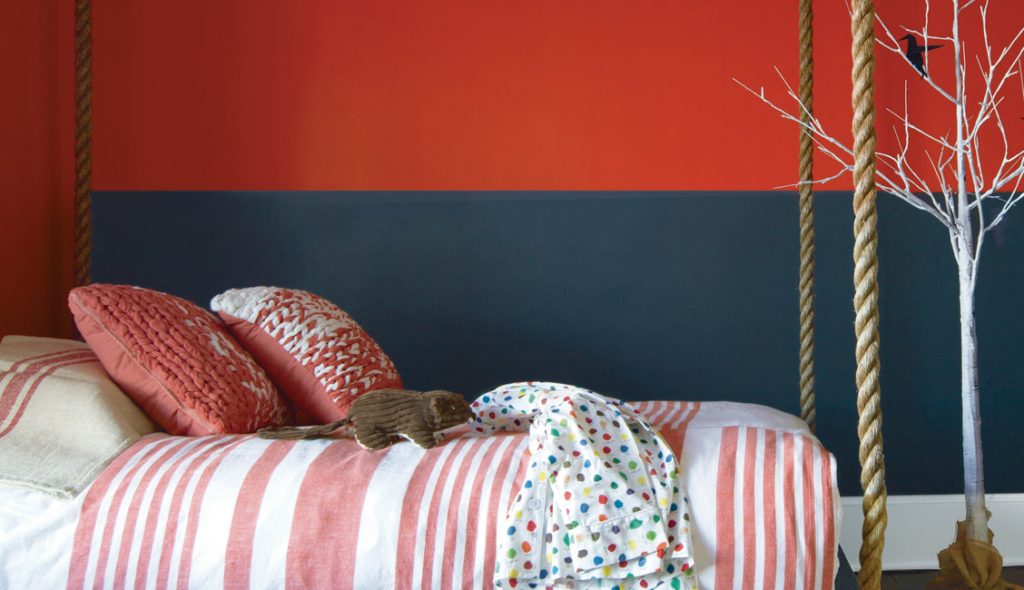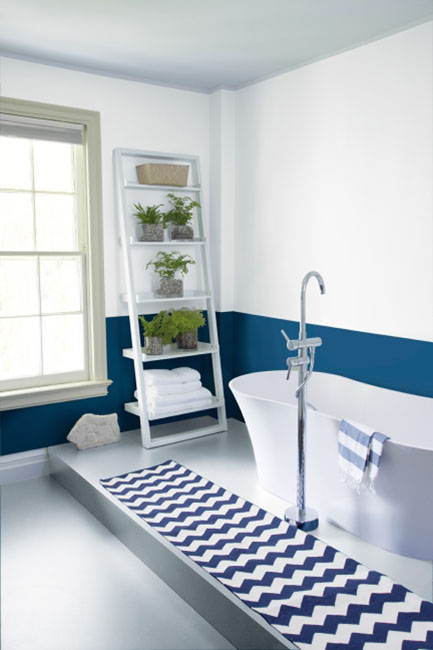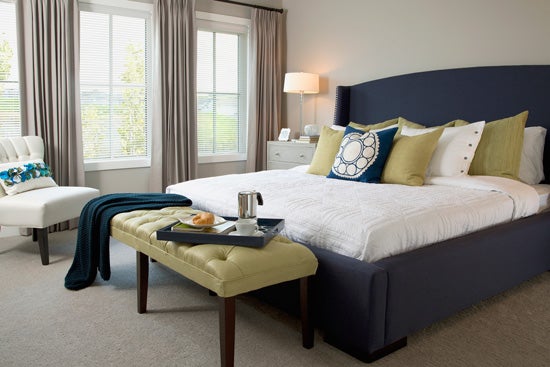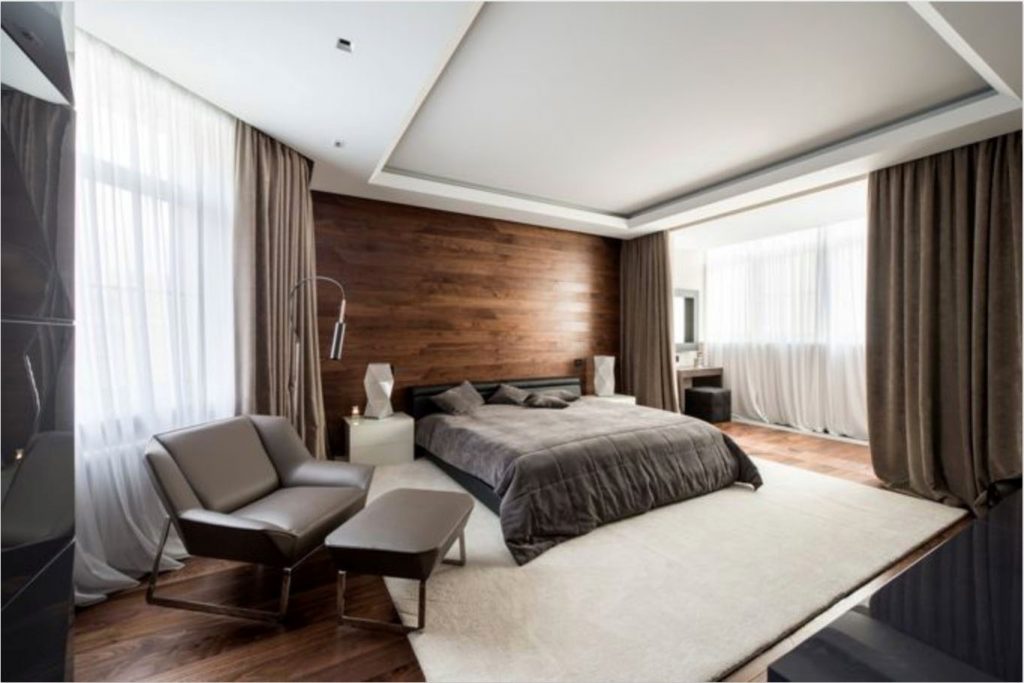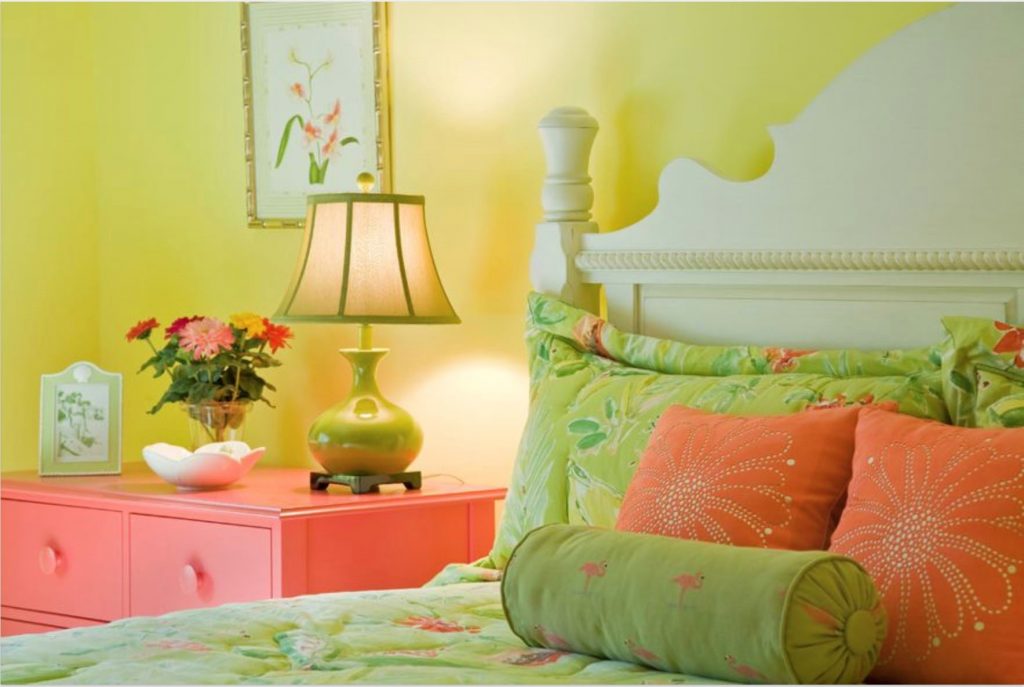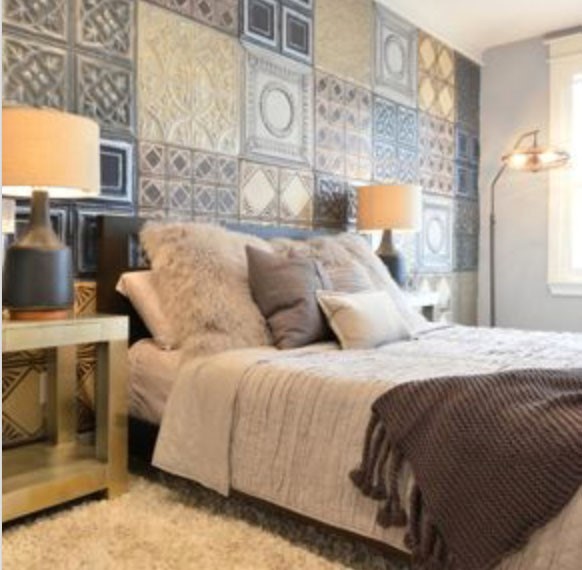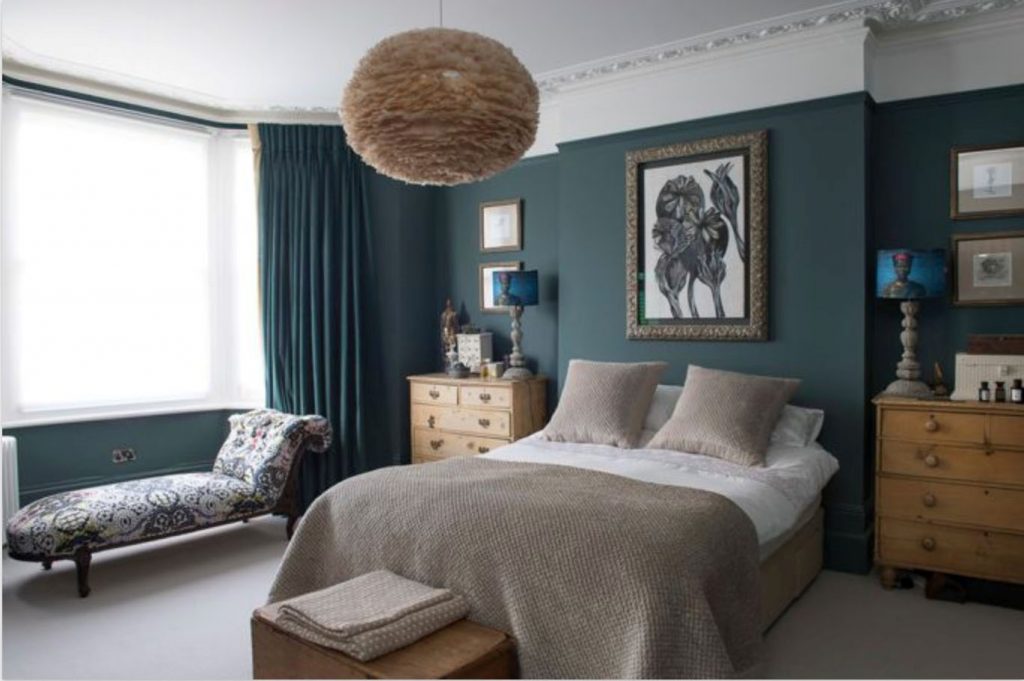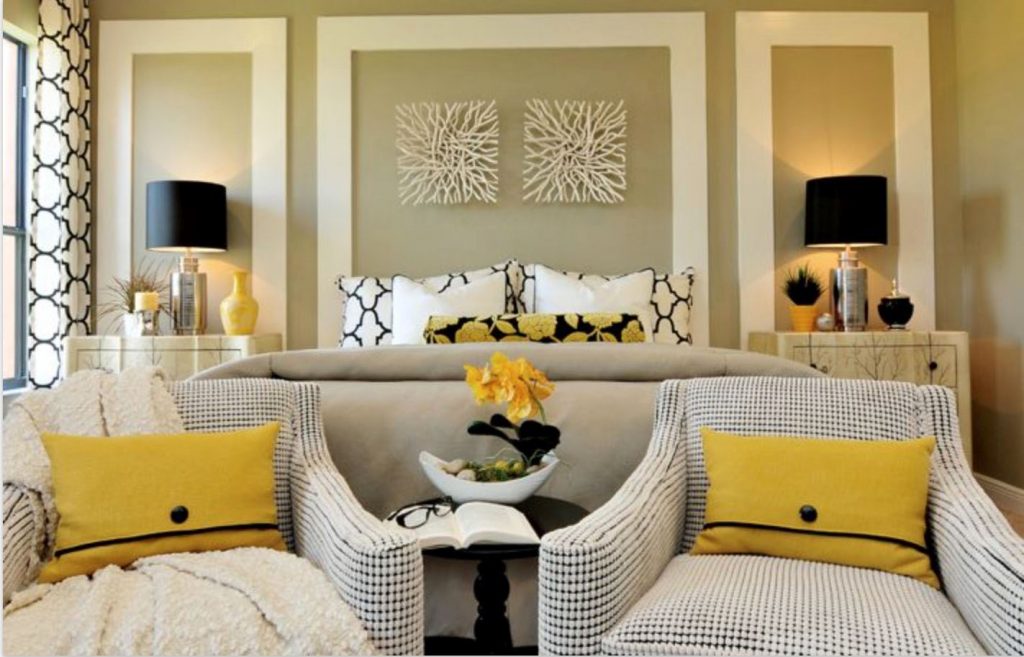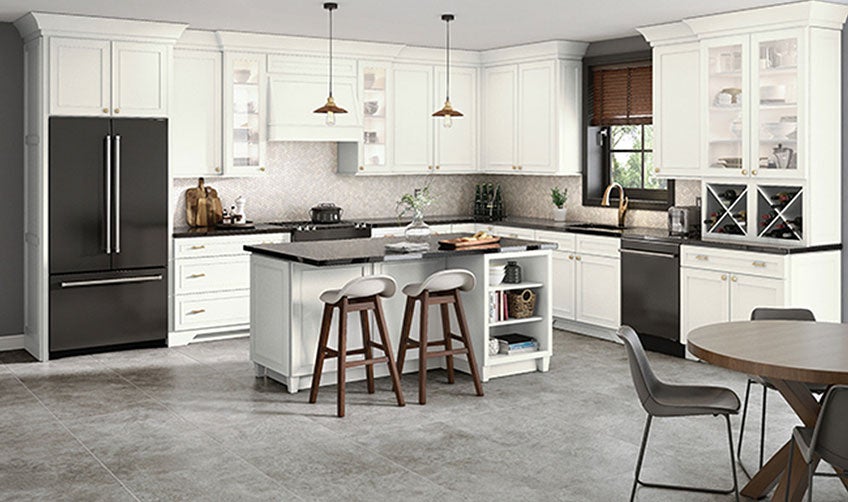
It’s exciting to plan a new kitchen, especially if you’ve been living with an outdated space. You envision sleek new countertops, cabinets, and appliances. You might even have the hardware and paint colors selected! But a kitchen renovation, like all home improvement projects, involves a very specific process. Knowing what to expect during a kitchen remodel and how long it may take, will help you and your whole family relax and enjoy the transition from an ugly old kitchen to a beautiful new one. Read on to learn what’s the timeframe for a kitchen remodel.
 :
1) Planning
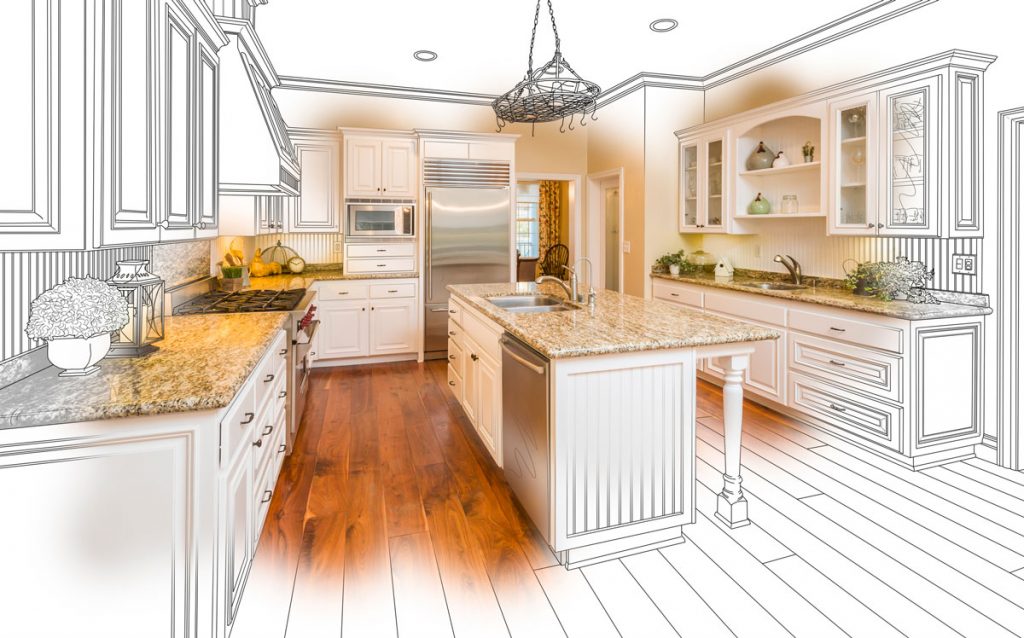
Planning helps you figure out what your new kitchen will look like and how it will function. We recommend that you expect a 2-3 week timeframe for professional Kitchen Design renderings and consultations.
Look:
Start by setting a budget. This will help you figure out what products and brands you should start with.
Then look at different product galleries and photos, or visit showrooms. to get a feel for what styles appeal to you. There are many types of materials, hardware, colors, and finishes to choose from.
Finally, start a scrapbook or inspiration board. Place examples of tile, cabinets, flooring, sinks, lighting in there. Then as you figure out what you like, you can take it up a notch and create combinations. Just like the designers on the Home Improvement shows.
Function:
To get a clear picture of the space you have to work with sketch out the basic shape of the room, then:
- Draw in all current counters, appliances, or other built-in fixtures.
- Take measurements and record them on the sketch, so that you can best fit your new plans into the existing space.
If you plan to rearrange your kitchen layout, create a second sketch with your new plans.
Your goal is to explore your needs and goals for the space and decide how will it function. It’s easier and far less expensive to try out ideas on paper. Once you order materials and begin construction, changes are costly.
It helps to work with an expert GNH Kitchen Designer as you plan. They will make suggestions that can save you time and money, help you choose materials, and even create a 3D rendering of your kitchen design.
 :
2) Ordering
After your design is finished, approved, and all measurements taken, the product orders are placed. Expect a 4-6 week minimum for your cabinets, tile, flooring and countertops to arrive. Some products may take as long as 18 weeks. This gives you time to purchase fixtures, appliances and anything else you need. Don’t forget to figure out where you will cook and have meals during the construction phase. (You may need to set up a temporary kitchen and dining area elsewhere in the home.)
 :
3) Construction
Depending on the scope of your kitchen design project, construction can take a few days or weeks. Your contractor will have the best sense of the exact timeframe. During this stage, demolition and reinstallation of plumbing, electric, and HVAC is done if needed. If you encounter surprises and delays—they’re a normal part of every remodel, so just stay in close communication with your kitchen contracting team during the process.
 :
4) Installation
This is where the magic happens! Your new kitchen starts to come to life as your contractor lays flooring, installs new cabinets and countertops, as well as lighting, faucets, backsplash, and hardware. And before you know it, you’ll be enjoying your new kitchen!
Top image is a featured KraftMaid Kitchen, click for details.

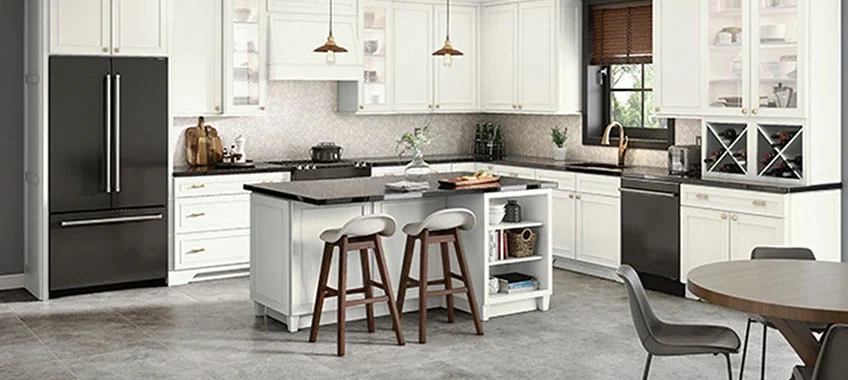

 Start the year off on the right foot by giving your home maintenance projects top priority! How? By making a list of monthly to-dos and tackle them one at a time. Then, you won’t lose track of the home maintenance projects you want to get accomplished this year.
Start the year off on the right foot by giving your home maintenance projects top priority! How? By making a list of monthly to-dos and tackle them one at a time. Then, you won’t lose track of the home maintenance projects you want to get accomplished this year.
 Keeping your driveway and walkways clear from snow and ice accumulation from each winter storm serves a dual-purpose. It prevents slips and falls, and allows for easy access by vehicles. But it also prevents excess moisture from seeping into the small cracks of your driveway or walkway and doing greater damage when it expands into ice. This moisture could potentially cause damage, resulting the need to repave your driveway or walkway prematurely.
Keeping your driveway and walkways clear from snow and ice accumulation from each winter storm serves a dual-purpose. It prevents slips and falls, and allows for easy access by vehicles. But it also prevents excess moisture from seeping into the small cracks of your driveway or walkway and doing greater damage when it expands into ice. This moisture could potentially cause damage, resulting the need to repave your driveway or walkway prematurely.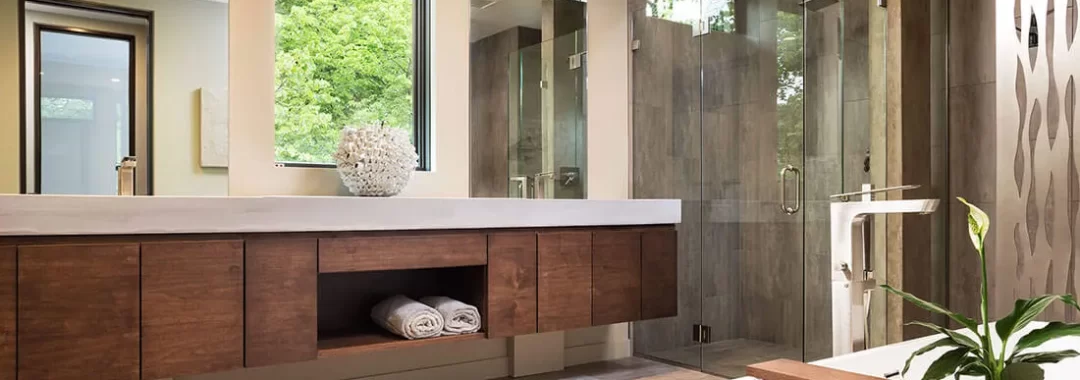
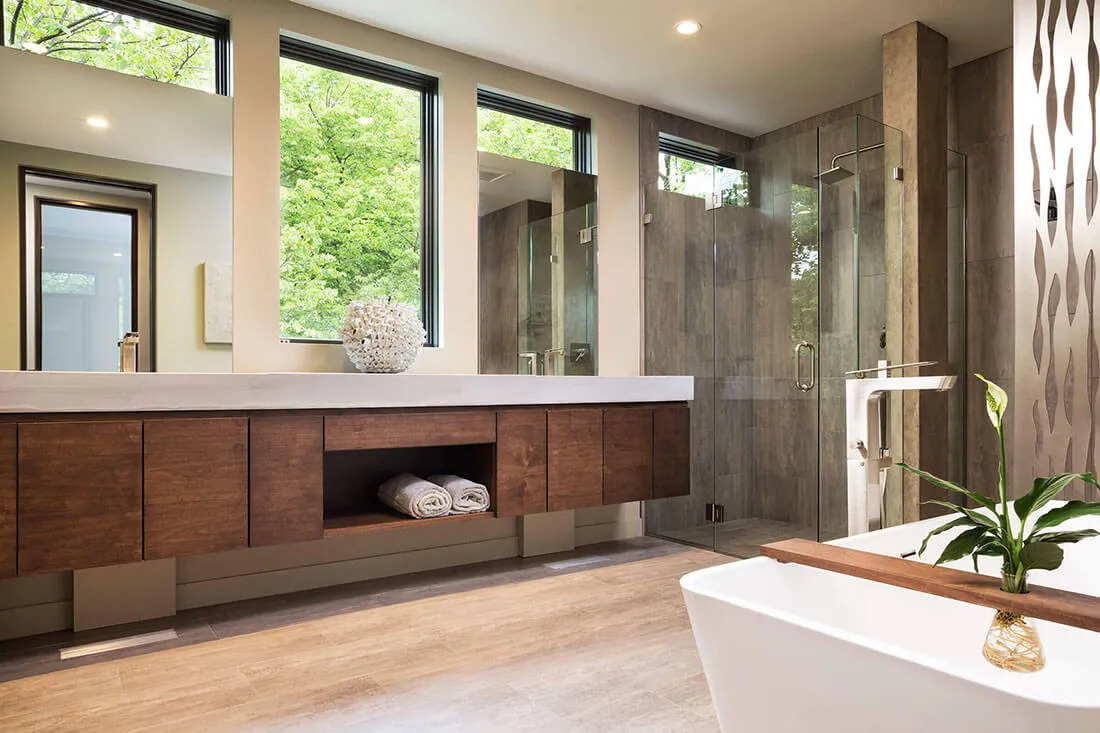
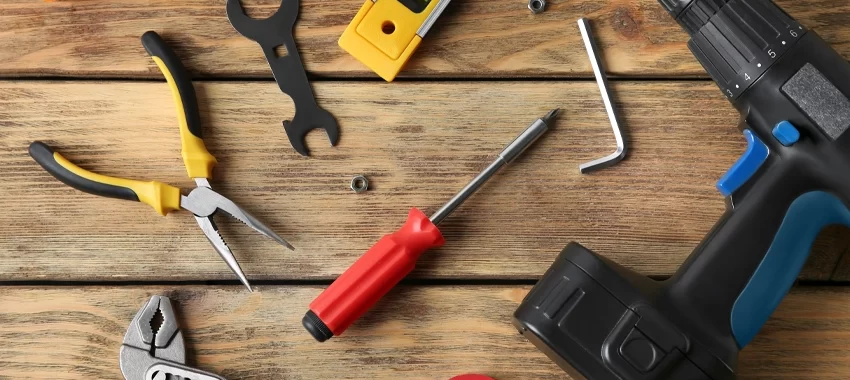

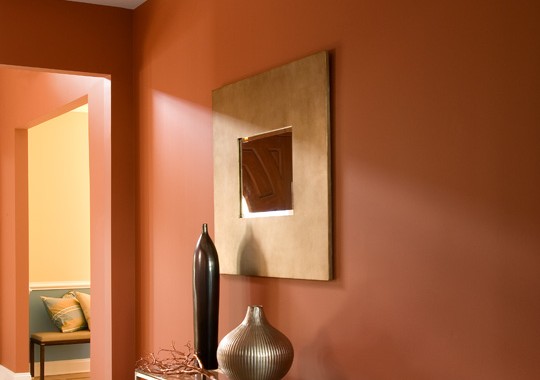
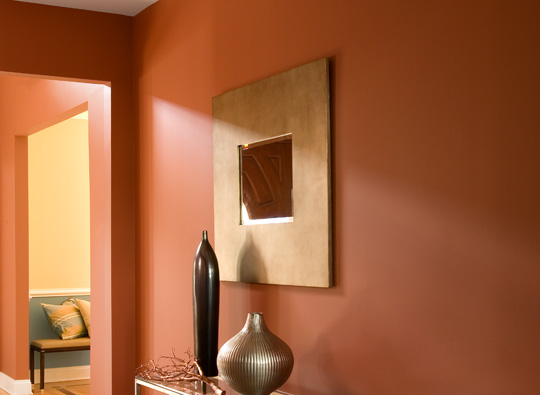
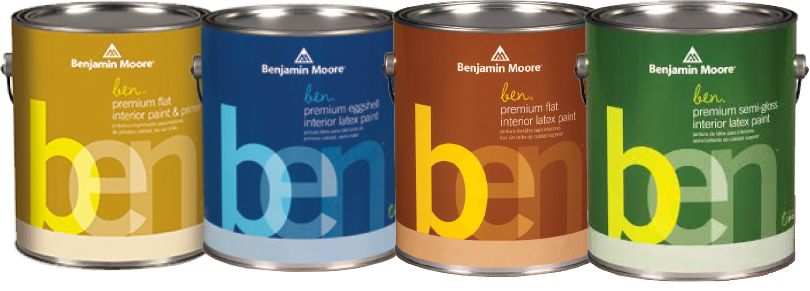 Satin
Satin
